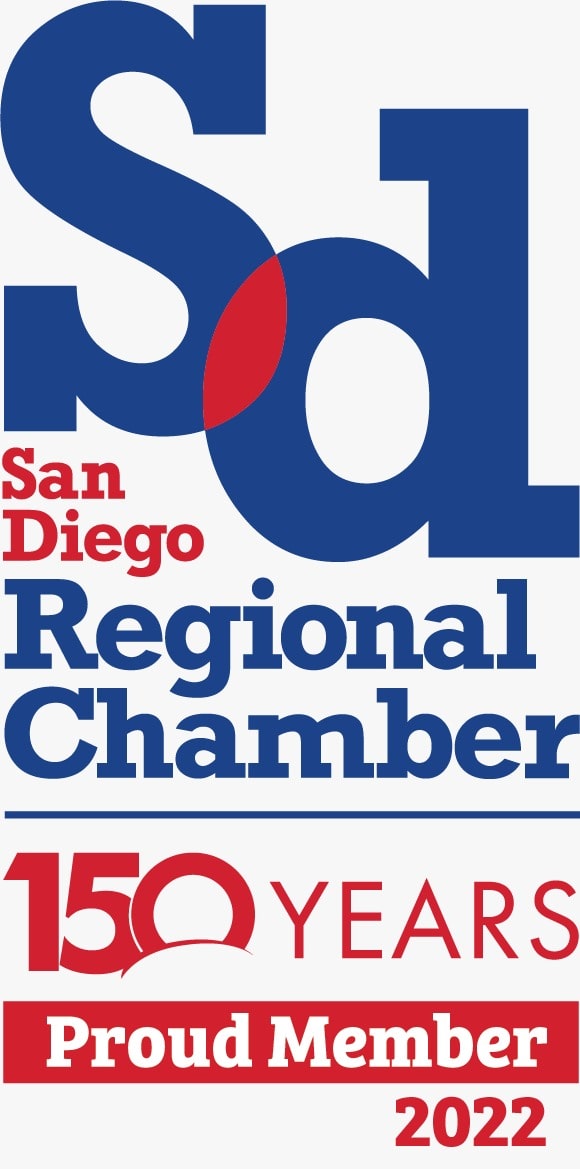Trigeminal neuralgia (TN) is a condition known for its excruciating, sharp, electric-shock-like pain that typically affects one side of the face. For those who suffer from TN, everyday activities like talking, chewing, brushing your teeth, or even smiling can trigger severe, debilitating pain. While the exact cause of trigeminal neuralgia can vary, trigeminal neuralgia triggers—certain stimuli or activities that provoke pain—play a crucial role in managing the condition. By identifying and understanding these triggers, individuals can take proactive steps to minimize or avoid flare-ups.
Understanding Trigeminal Neuralgia
Trigeminal neuralgia is a chronic condition that causes sudden, severe, stabbing pain along the trigeminal nerve, which is responsible for transmitting sensation from the face to the brain. The pain typically occurs in one of the three branches of the trigeminal nerve:
- Ophthalmic branch: covers the forehead, scalp, and eye region.
- Maxillary branch: covers the cheeks, upper jaw, and teeth.
- Mandibular branch: covers the lower jaw, teeth, and part of the tongue.
Pain can be triggered by the slightest stimulation, which is what makes this condition so debilitating. The pain can come in episodes that last anywhere from a few seconds to a few minutes and can range in intensity from mild to agonizing.
While trigeminal neuralgia can be caused by different factors, including vascular compression, multiple sclerosis, or nerve injury, many people with TN experience flare-ups when certain triggers are encountered. Knowing what causes these painful episodes can help sufferers better manage their condition.
Common Trigeminal Neuralgia Triggers
Understanding trigeminal neuralgia triggers is critical for preventing or minimizing the frequency of pain episodes. Here are some of the most common triggers that may exacerbate TN symptoms:
1. Touch or Pressure on the Face
One of the most common triggers of trigeminal neuralgia is any kind of touch or pressure applied to the face. Even light sensations such as:
- Brushing your teeth
- Washing your face
- Applying makeup
- Hugging someone
- Shaving
- Wearing glasses or contact lenses
For those with TN, these everyday activities can feel overwhelming, as they may set off a sudden, intense pain flare-up. This hypersensitivity is often caused by the irritation or compression of the trigeminal nerve, which leads to the nerve misfiring when touched or stimulated.
2. Chewing or Eating
Eating, especially chewing hard, crunchy, or hot foods, is another common trigger for trigeminal neuralgia. The action of chewing and the pressure it places on the jaw can stimulate the trigeminal nerve, leading to intense pain. Hot or cold foods and beverages, such as coffee, ice cream, or soup, can also trigger flare-ups because temperature extremes affect the nerve’s ability to transmit sensory information properly.
Some people find that eating soft foods that don’t require much chewing helps reduce their pain during flare-ups. However, for those with more frequent triggers, finding ways to manage the underlying issues causing the pain is essential.
3. Cold Weather or Cold Air
For many people with trigeminal neuralgia, cold weather or even a gust of cold air can be a significant trigger. A sharp change in temperature, such as stepping from a warm environment into cold outdoor air, can cause the trigeminal nerve to react abnormally, leading to an intense pain episode. This is particularly true for people who experience TN in the areas of the face covered by the maxillary or ophthalmic branches of the nerve.
To minimize this trigger, individuals with trigeminal neuralgia often wear scarves, face masks, or other protective coverings when going outside in cold weather to shield the face from wind and cold air.
4. Talking or Speaking
Talking or speaking for extended periods can trigger pain for some individuals with trigeminal neuralgia. The facial muscles are engaged when we talk, which can inadvertently trigger a pain response in the affected areas. People with TN may experience pain while speaking on the phone, during long conversations, or even while laughing.
Managing speech-related triggers involves pacing conversations, limiting speech when possible, and taking regular breaks to prevent the trigeminal nerve from being overstimulated.
5. Emotional Stress
Emotional stress can exacerbate trigeminal neuralgia symptoms. When we experience stress or anxiety, our bodies enter a “fight or flight” state, which can cause physical changes such as muscle tension, blood vessel constriction, and an increase in pain sensitivity. Stress can also heighten inflammation, making the nervous system more reactive and sensitive to pain triggers.
Many individuals with TN report that their pain becomes more frequent or intense during stressful times. Stress management techniques such as mindfulness, meditation, yoga, or breathing exercises can help reduce the impact of this trigger. Additionally, incorporating regular self-care practices can help maintain emotional balance and reduce the likelihood of flare-ups.
6. Sleep Deprivation or Fatigue
Lack of sleep or physical fatigue can make the trigeminal nerve more susceptible to irritation. People who do not get adequate rest may find that they experience more frequent or intense pain episodes. Sleep deprivation affects the body’s overall immune system and its ability to manage pain, so individuals with TN may notice their symptoms worsen when they are tired or exhausted.
Maintaining a healthy sleep schedule and focusing on improving sleep hygiene is important for people with TN. This may include going to bed at the same time each night, avoiding caffeine late in the day, and creating a calm, relaxing sleep environment.
7. Bright Lights or Visual Stimuli
Some people with trigeminal neuralgia report that bright lights or certain visual stimuli—such as staring at a computer screen for long periods—can trigger a flare-up. This is particularly relevant for those whose pain affects the ophthalmic branch of the trigeminal nerve (around the eye area).
If bright lights or screens are triggers for you, using sunglasses outdoors or adjusting the brightness of your computer screen may help reduce discomfort. Additionally, taking regular breaks to rest your eyes can provide some relief.
8. Infections or Illnesses
Upper respiratory infections, colds, sinus infections, and other illnesses that affect the head and neck can irritate the trigeminal nerve and lead to an increase in pain. The inflammation caused by these infections may place additional pressure on the nerve, leading to more frequent flare-ups.
Managing underlying infections and illnesses with appropriate treatment can help prevent the additional stress on the trigeminal nerve. It’s important to stay hydrated, rest, and seek medical treatment for infections to reduce their impact on TN.
Managing Trigeminal Neuralgia Triggers
Trigeminal neuralgia is a painful condition that can severely impact daily life, but understanding and managing the triggers is key to finding relief. By avoiding common trigeminal neuralgia triggers like facial touch, cold air, or stress, individuals can reduce the frequency of flare-ups. However, addressing the root causes of TN—such as nerve compression and inflammation—is equally important for long-term relief.
If you or someone you know is struggling to find relief from trigeminal neuralgia, we highly encourage you to explore the benefits of chiropractic care. Contact Anatomy Chiropractic today to schedule a consultation with us and learn how we can help you restore your quality of life.


